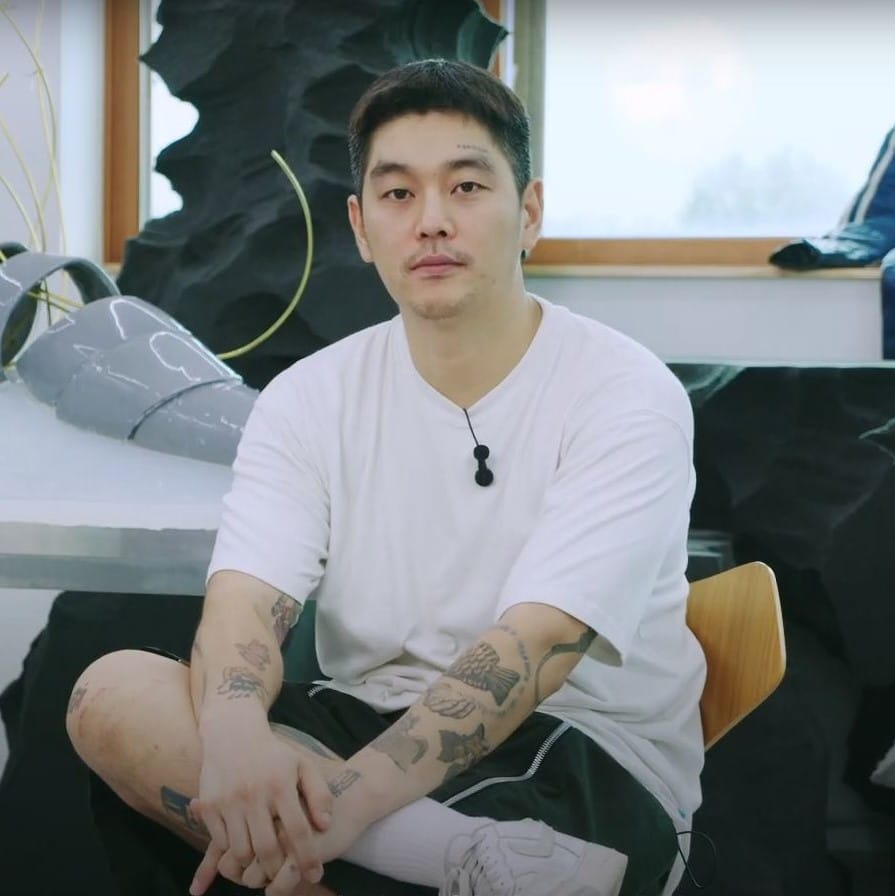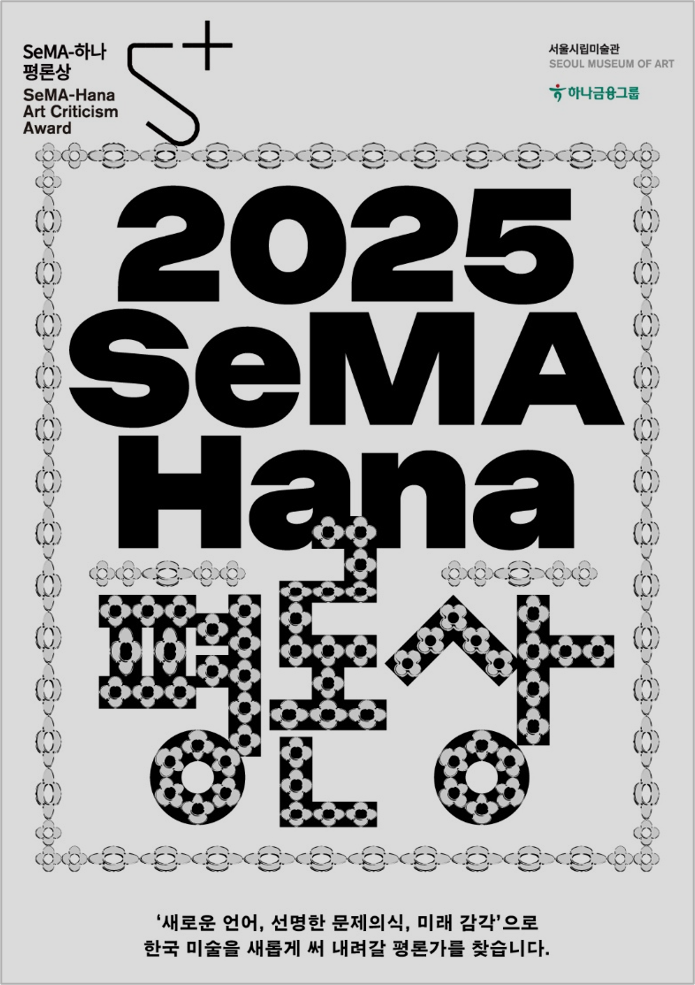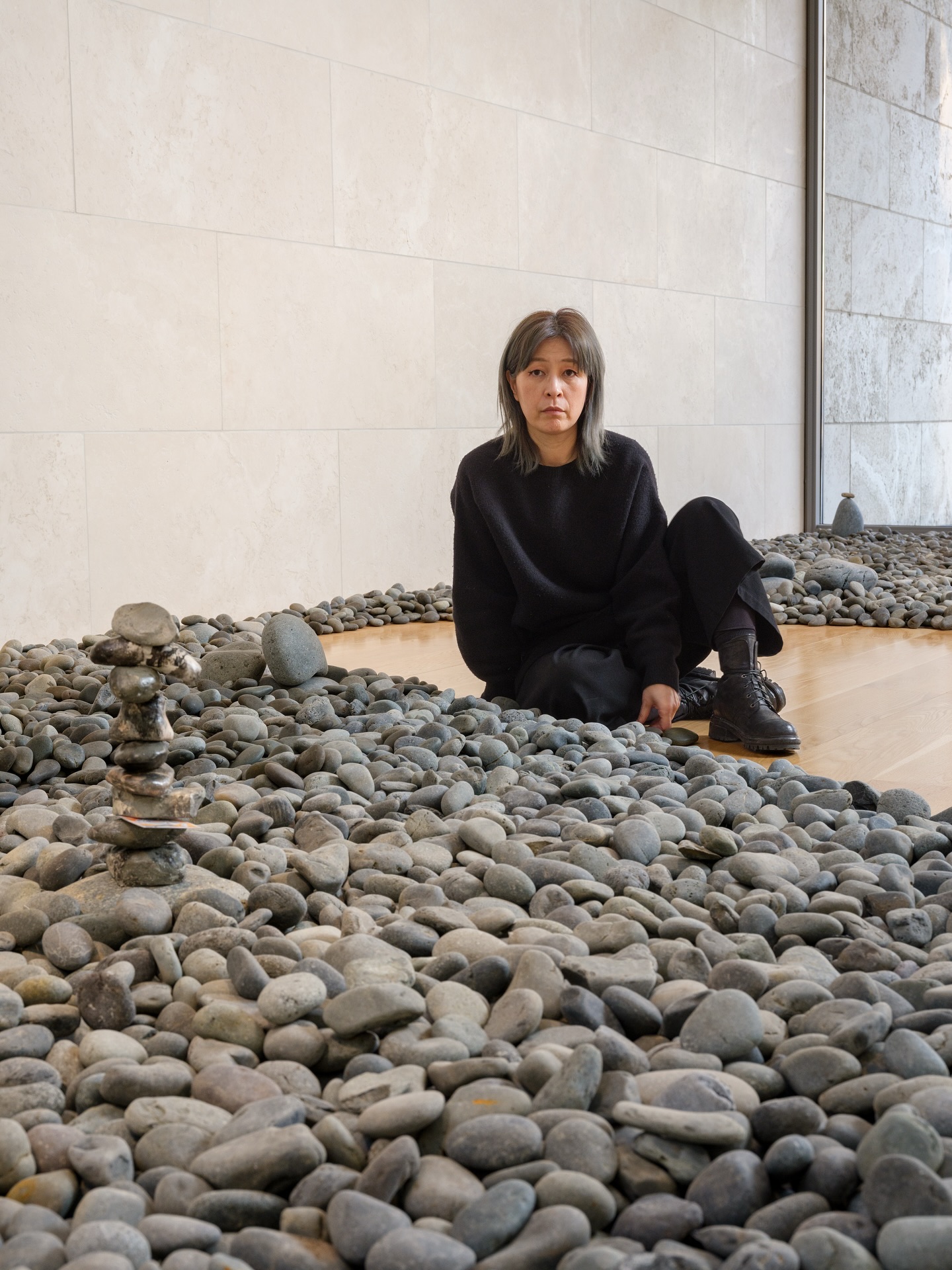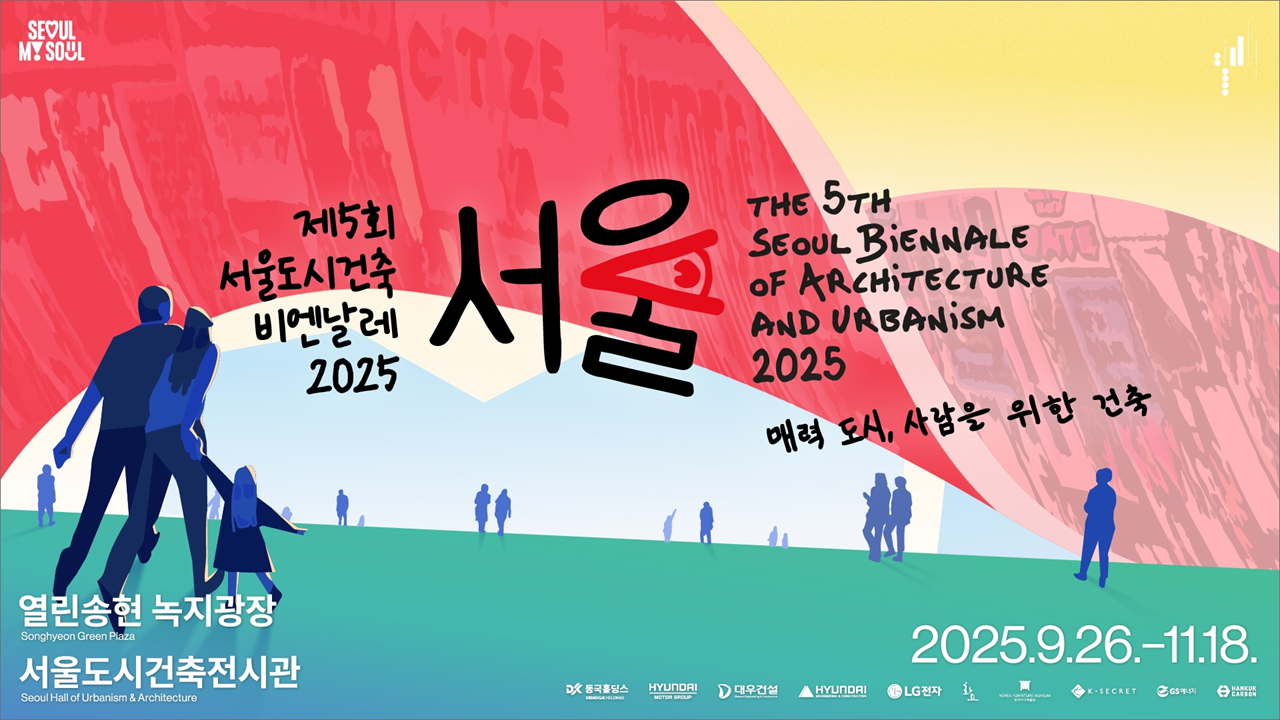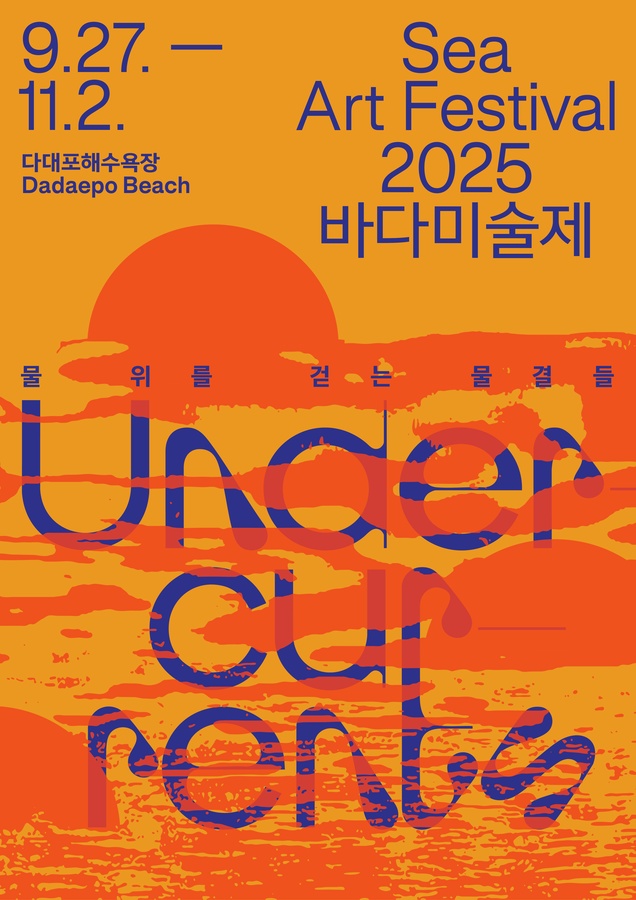In the second half of 2023, the Korean art scene is expected to become vibrant with various events. Notably, the country’s most significant art market will return to COEX. Frieze Seoul and Kiaf SEOUL, which created a buzz in the art scene when they were first held last year, will open their second joint art fair this year, starting on September 6 through September 10.
However, it is not just the art market that is bustling. While the Gwangju Biennale and Busan Biennale are among the most renowned events representing Korea, there are numerous distinctive biennales that focus intensively on various mediums and themes.
In the latter half of this year, the Seoul Mediacity Biennale will showcase media art and works with transgressive genres.
 Exhibition view of Seoul Mediacity Biennale 2021. ⓒ Bang Yukyung.
Exhibition view of Seoul Mediacity Biennale 2021. ⓒ Bang Yukyung.The Seoul Mediacity Biennale, one of Korea’s representative biennales, is hosted by the Seoul Museum of Art. The 12th Seoul Mediacity Biennale titled This Too, Is a Map will take place from September 21 to November 19, 2023.
The Seoul Mediacity Biennale finds its roots in the exhibition Seoul in Media, which focused on media art with Seoul and media as its theme and was held three times from 1996 to 1998. Inspired by this exhibition, the biennale was first held in 2000. Now, the Seoul Mediacity Biennale aims to evolve into a large-scale international contemporary art event that explores and traverses various genres.
This year’s event is curated by Rachael Rakes, who previously worked as a public program curator at BAK, basis voor actuele kunst in Utrecht. A total of 65 individuals and teams, including artists, writers, researchers, musicians, and choreographers, will take part in the exhibition. The exhibition will be held at six locations: the main branch of the Seoul Museum of Art, the Seoul Museum of History, Seoullo Media Canvas, SeMA Bunker, SpaceMM, and Sogong Space.
The exhibition This Too, Is a Map is presented as a map as a means to reinterpret concepts such as diaspora, migration, language, and boundaries. In today’s world, we experience both physical and cultural migration. The biennale perceives the societal boundaries arising from migration through the “mapping” presented in the exhibition, exploring the possibilities for communication through art that transcends geographical territories. The exhibition aims to offer insights into the physical and psychological movements of diverse individuals as expressed through artworks. In essence, This Too, Is a Map seeks to reveal the dynamics and networks formed outside geographical territories to comprehend the functioning of contemporary diaspora, showcasing a global aesthetic for artistic and political communication, including transnational connections, invisible dedications, and encoded data.







